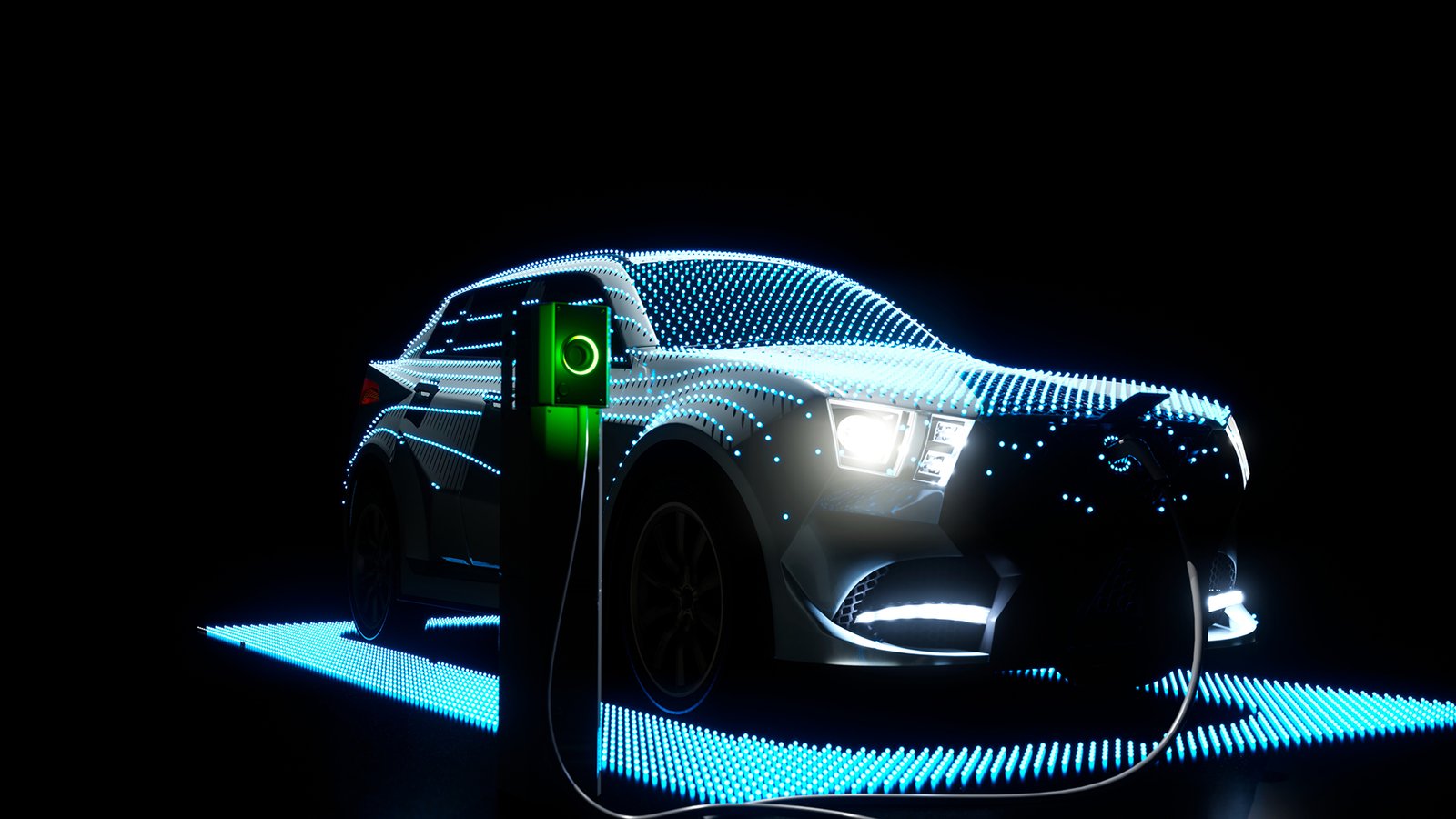Penn State researchers claim to have discovered a technique to create batteries for electric cars that are both smaller — saving valuable materials that are now witnessing large price hikes — and faster charging — addressing the widespread criticism that charging an electric car takes too long.

Penn State fast-charging method works with most energy-dense batteries and will allow electric car batteries to be downsized from 150 to 50 kWh without causing drivers to experience range anxiety. This will also significantly reduce battery costs and the use of important raw materials such as cobalt, graphite, and lithium, allowing for the widespread adoption of inexpensive electric vehicles.
Internal thermal modulation, an active technique of temperature management, is being used in this Penn State technology to demand the greatest performance from the battery. Batteries perform best when they are warm but not too warm.

Keeping batteries at the ideal temperature has proven to be a significant difficulty for battery developers. Historically, they relied on external, cumbersome heating and cooling systems to manage battery temperature, which were sluggish and inefficient.
This time the researchers chose to control the temperature from within the battery. Aside from the anode, electrolyte, and cathode, the researchers created a unique battery construction that includes an ultrathin nickel foil as the fourth component.

Acting as a stimulus, the nickel foil self-regulates the battery’s temperature and reactivity which allows for 10 minute fast charging on just about any EV battery.
Perhaps the new batteries will perform as promised, ushering in a paradigm shift in the world of electric vehicles. While quick charging is undoubtedly desired, the removal of big — and expensive — liquid cooling systems for battery packs may be just as essential in terms of lowering the cost of electric vehicles.
Reference- Penn State Online Newsroom, Journal Nature, Inside EVs, Time Magazine






